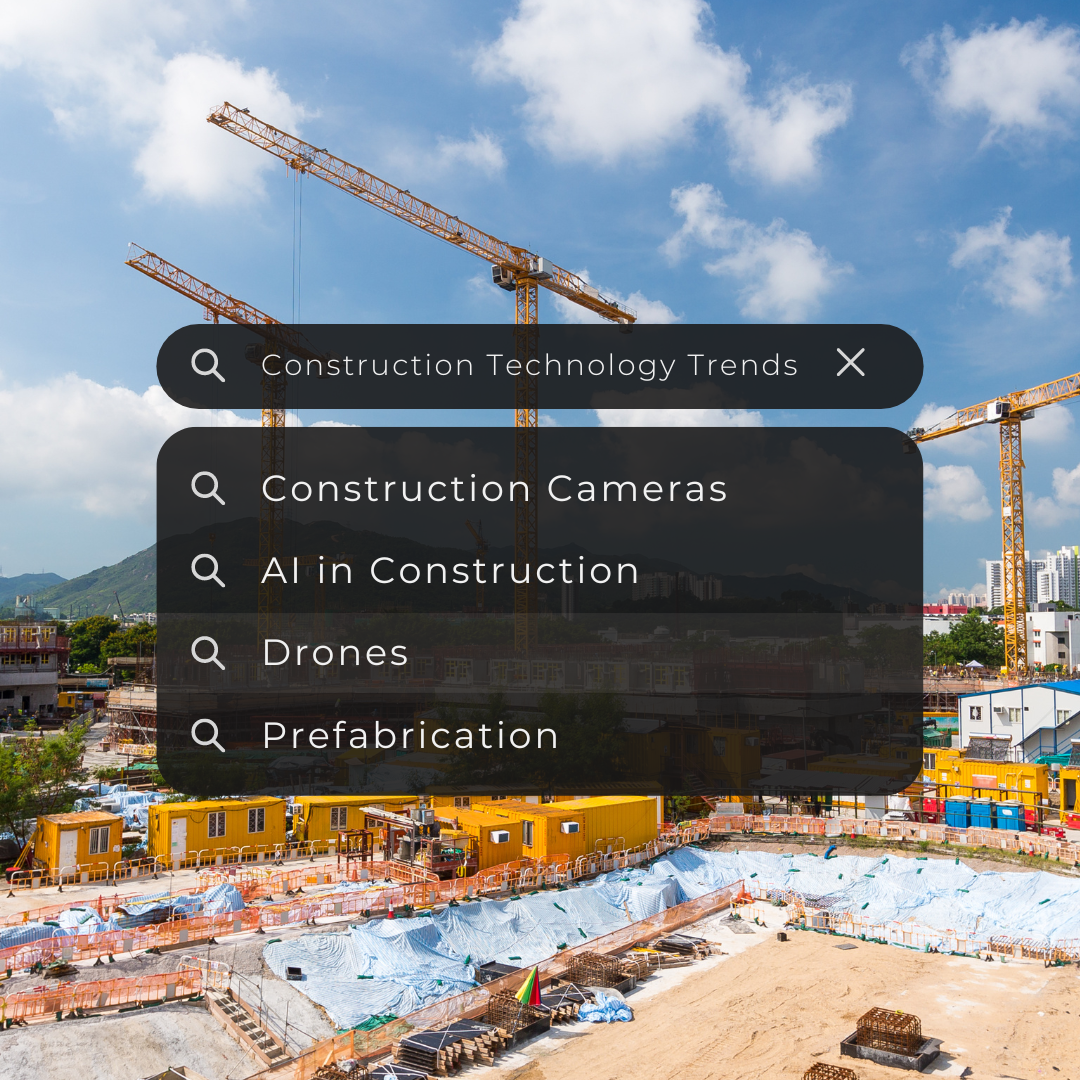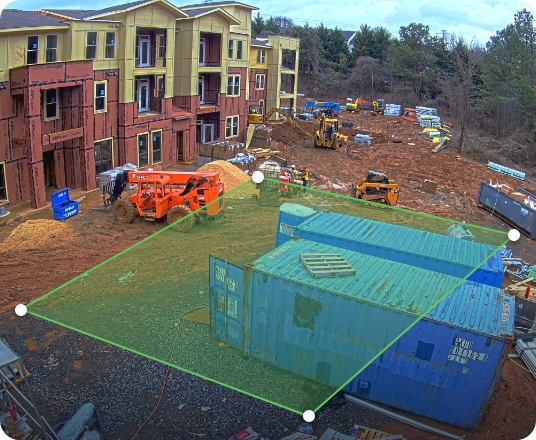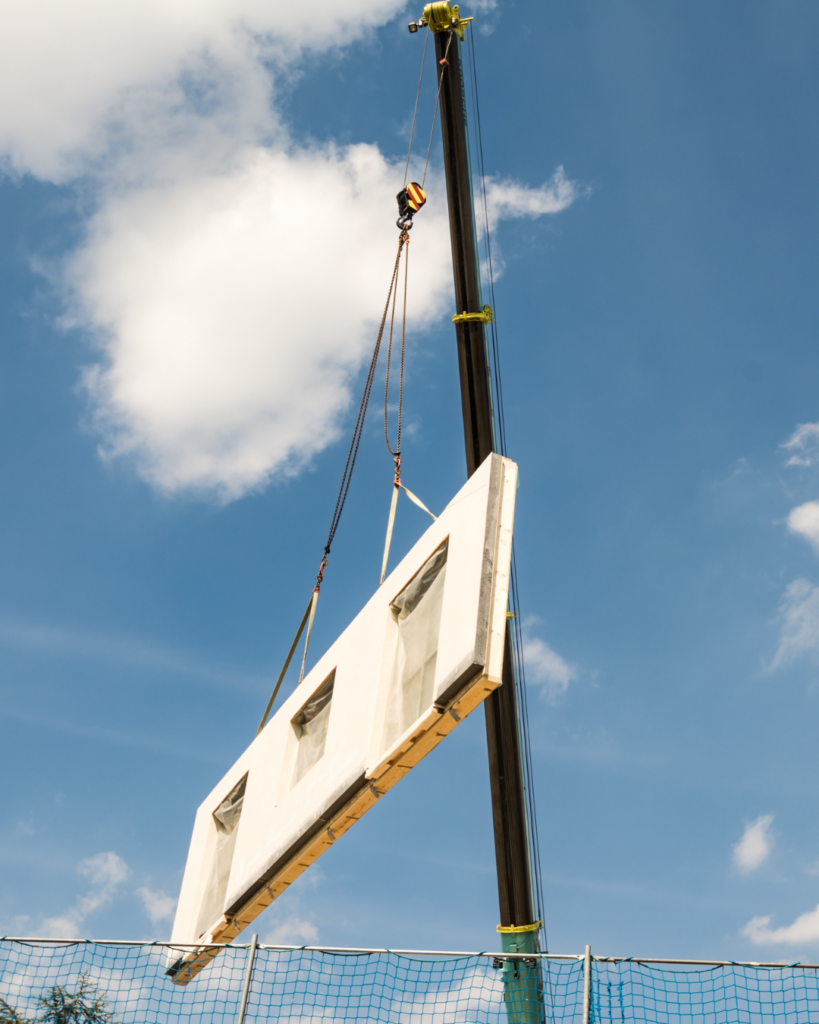In recent years, the construction industry has undergone a profound transformation due to advances in technology. In fact, few industries have seen more change and innovation than the construction industry. Advances in technologies such as 3D printing, drones, cameras, AI, BIM, and augmented reality have revolutionized all stages of construction project management, from planning to completion, setting new standards for cost-effectiveness and project efficiency. Today, project managers across all sectors of the construction industry are using these advances to enhance jobsite visibility, improve risk management, and open doors to new opportunities for building better, more sustainable projects.

In 2024 and beyond, the outlook remains exciting and full of opportunity. Project managers who are proactive in adopting and implementing the latest technological advancements will be able to capitalize on opportunities to cut costs, save time, and mitigate risk. Of course, keeping up with all the changes and new advancements is a challenge in itself. As the rate of innovation and emerging new technology continues to accelerate, construction companies and project managers need to stay up to date on the latest construction technology trends to take full advantage.
In the following blog, we’ll dive into some of the latest technology trends that are transforming the way construction companies, from industrial to residential, manage construction projects.
Construction Cameras
Although construction cameras have been popular on the jobsite for a few years now, recent advancements in camera technology have made cameras even more integral to successful construction projects. New features such as advanced image processing capabilities have enabled project managers to more easily view, document, and secure their jobsites. Of course, construction cameras have also seen major improvements in essential features like image resolution, battery life, built-in infrared, and durability. But the most exciting and pivotal advancements have come in the form of more intelligent security, better real-time monitoring, AI-powered analysis, and camera integrations.

Together, these new features are enabling construction companies to improve how they manage projects, helping them make better real-time decisions, mitigate risks before incidents occur, document site activity for better compliance, and even manage pollution and waste to support sustainability efforts.
Camera technology will continue to see lots of growth and innovation in the years to come and will continue to play an integral role in helping project managers better run their projects.
Artificial Intelligence in Construction
Artificial intelligence (AI) has already begun to shape all aspects of construction project management, from early design to the building process to post-project analysis–and the emergence of new AI features and applications will only continue to accelerate in the coming years.

AI is being used to help better plan projects, optimize resource allocation, and design better buildings. When it comes to the construction phase, AI-powered tools and autonomous machinery are greatly increasing the speed at which certain tasks can be done. Even post-project, AI is helping project managers better analyze their work so they can make better decisions in the future and improve how they run their next projects.
Construction camera AI features are playing an important role in mitigating risk from both site hazards as well as external threats like theft and weather. For example, cameras with AI can alert project managers when there is a safety risk before it’s too late. These features are expected to continue to develop in the years to come.
Drone Photography
Drones are becoming an increasingly popular tool for construction firms, especially as they become more affordable and capable. Today, project managers are using drones for land surveillance and aerial imaging, making the early stages of planning a project far more efficient and safer. Compared to cameras, drones are much more flexible and can capture project progress from any angle and provide high-quality aerial visibility and imaging. But these use cases are only the tip of the iceberg. The drone industry is rapidly growing and many project it to grow exponentially in the coming years.

Drones will create a new standard of jobsite visibility, helping to improve project management, mitigate jobsite risk, and reduce project costs. Advanced drone technology will enable things like better 3D modeling and advanced thermal and multispectral imaging. These types of imaging will enable project managers to create incredibly accurate 3D models of their projects as well as precise jobsite maps so they can better plan for their projects and make more data-driven decisions.
In addition, drones will also play an integral role in helping construction companies market their projects so they can keep their communities and clients engaged and excited. Videos and images captured by drones are valuable assets for construction firms who want to increase their brand visibility, attract media attention, and amplify the reach of their firm’s reputation on social media platforms. These videos and images can also be used to demonstrate project progress to clients and gain buy-in from communities where projects are being built.
Prefabrication

Prefabricated construction is on the rise. For those who are unfamiliar, prefabricated construction is the practice of building components and parts of a construction project in a factory rather than on the jobsite. This construction approach is growing in popularity because it offers more cost-effective building methods that reduce waste, cut labor costs, and save time.
Prefabricated construction is especially applicable to projects that are focused on sustainability and reducing environmental impact. Because prefabrication takes place in controlled factory environments instead of the jobsite, manufacturers can more easily optimize for waste reduction, lower costs, and energy efficiency. They can also manage time and avoid some of the common hazards that slow down construction projects, like inclement weather.
In the coming years, prefabricated construction is projected to continue to grow, helping construction companies better control and plan for projects.
Conclusion
The construction industry is undergoing rapid change due to the increased rate of innovation. While these changes are exciting and will help construction companies build more efficient, sustainable, and cost-effective projects, they also will require project managers to stay up to date on the latest trends so they can adapt to the industry.
“The most successful project managers in the years to come will be those who are aware of the latest technology trends and can implement new tech advancements as they emerge.”
In 2024, some of the most breakthrough innovations in construction technology include advancements in construction cameras, drones, AI features, and prefabrication. Cameras are helping to create new standards for jobsite visibility, enabling real-time monitoring, site surveillance, better decision-making, and intelligent security. AI features are greatly increasing the speed at which certain tasks can be done, and prefabricated construction is helping construction companies reduce costs and build more eco-friendly and sustainable projects. Together, these advancements will continue to revolutionize how construction projects are managed in the years to come.

